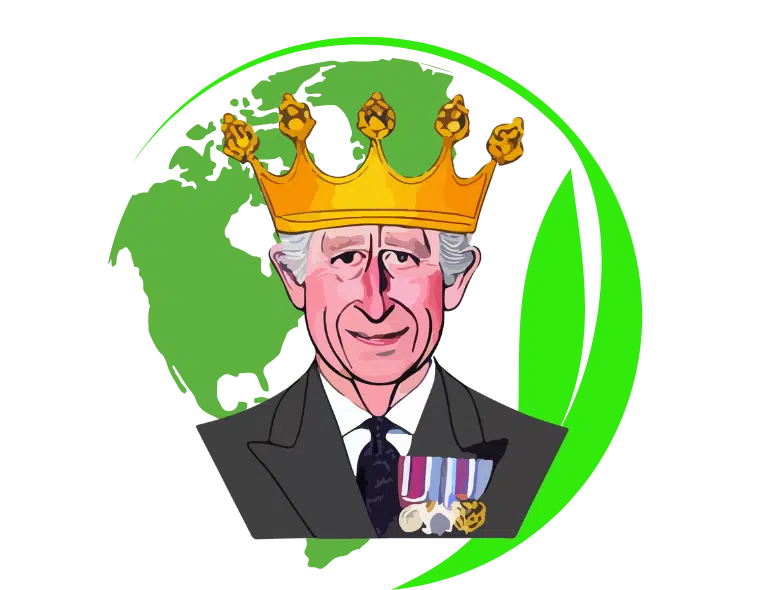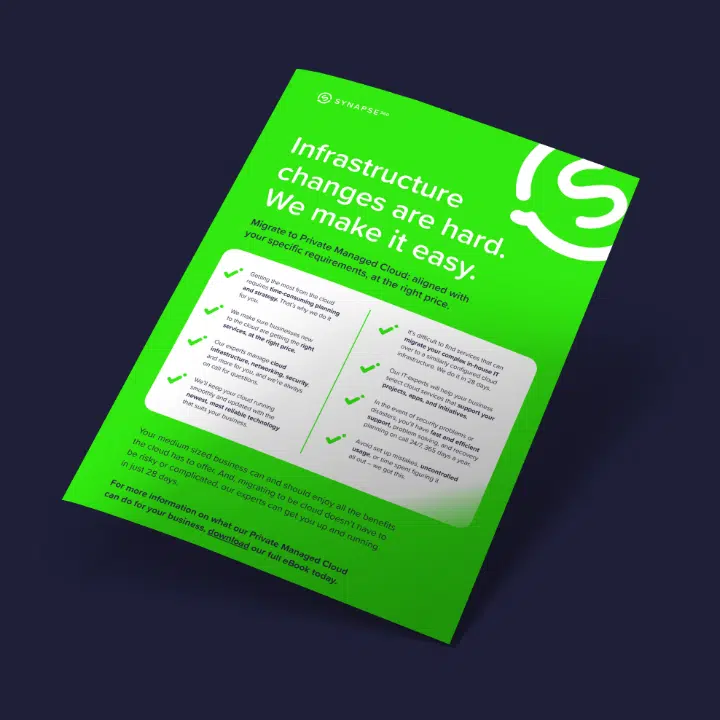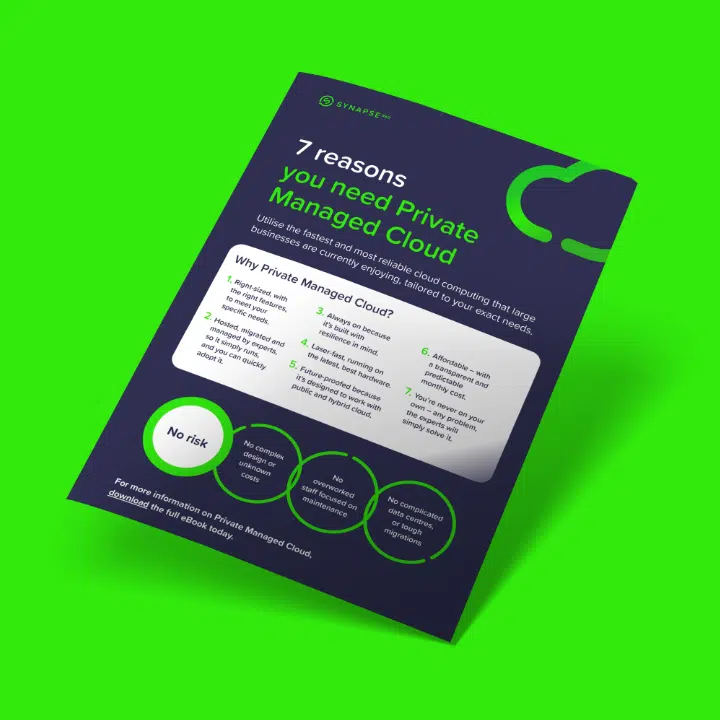With King Charles’ official coronation as King of England taking place on 6th May and it being our annual Green Month, we are looking at ways that his Majesty much like his mother, the late Queen Elizabeth II, has embraced technology to help make the world a better place for future generations.
An Environmental and Digital Savvy King
Although King Charles’ isn’t known for being ‘digitally savvy’ he is known for being an environmental advocate and his passion for protecting the world has led to many digital advancements with the estates that he has managed first as Prince of Wales and now, as King of England.
Since giving his first speech at the age of 21, in 1970 about his passion for the environment and the climate change crisis the soon-to-be coronated King has been leading the way with environmental changes.
Carbon Footprint Disclosure
Each year since 2007, Charles has taken steps to disclose his apparent annual carbon footprint via his website Carbon Reports | Prince of Wales . According to the Plant Based News Organisation ‘It reportedly amounted to 490 tons in March 2022.’ For both his majesty and the newly appointed Queen Consort.
A Green Place to Live and Work
According to his website, the household of the then, Prince of Wales and Duchess of Cornwall, began measuring and reporting its emissions in 2007. Since then, significant changes have been made to reduce fossil fuel use and replace it with renewable energy. ‘Across the residences, about 90% of energy (including green gas and electricity) for office and domestic use comes from renewable sources. Of this, about half comes from on-site renewable (solar panels, biomass boilers and heat pumps) and about half from electricity and gas purchased from renewable sources.’
Eco-Friendly Travel
King Charles also apparently “strives” to “minimise” his environmental impact regarding travel and energy use, as well as the indirect impact of the products and services he uses.
The King even took things one step further by modifying his 1970 Aston Martin to run partly on bioethanol made from surplus wine and whey, sourced from local wine and cheesemakers.



